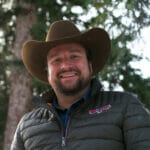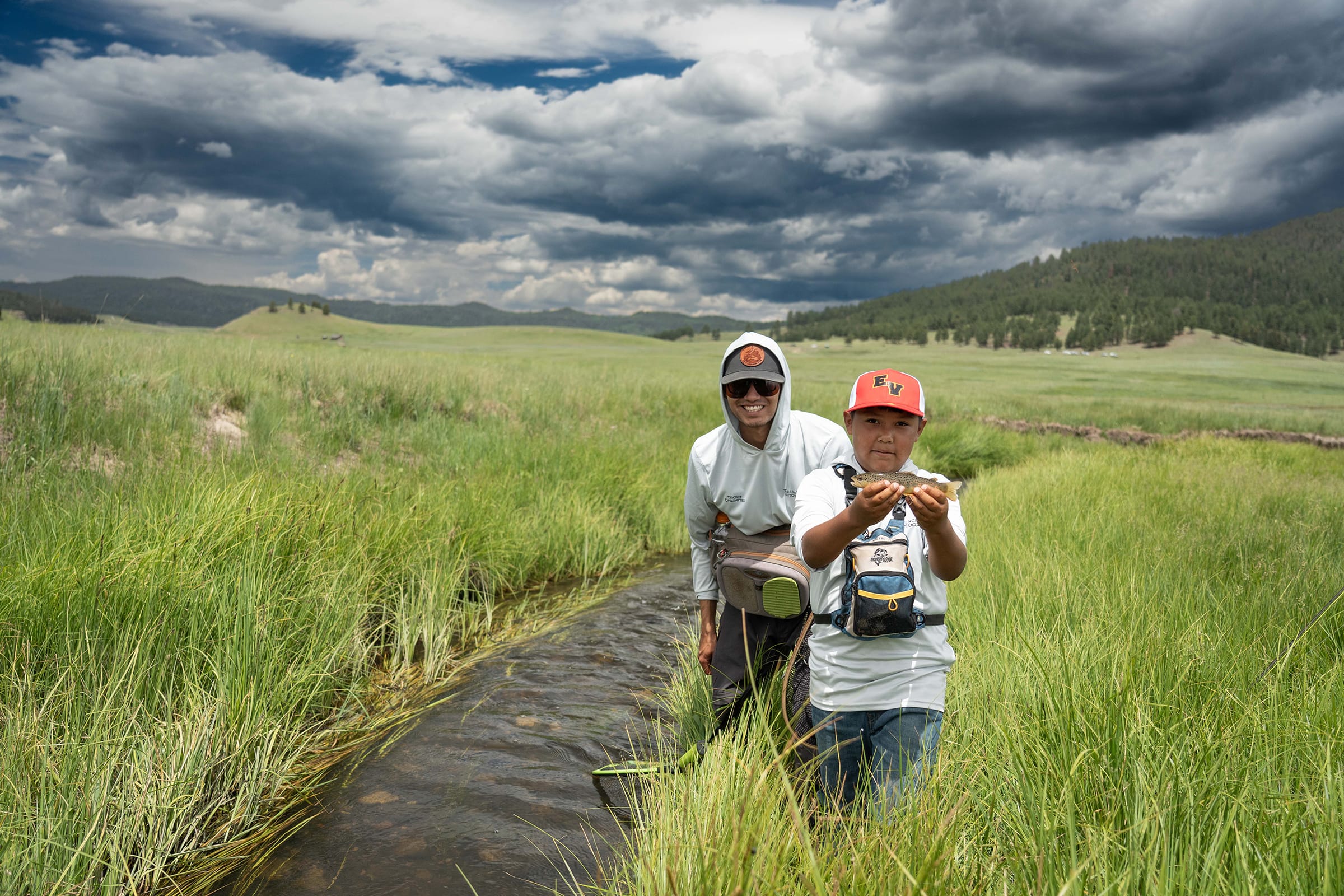Our public lands are the foundation of healthy watersheds and strong communities. From remote trout streams to working forests and rangelands, these places provide clean water, vital trout habitat and public access for all Americans. But pressures like efforts to sell off and privatize public land threaten what makes them so valuable.
This blog series highlights the people and places at the heart of these landscapes—and the practical, local perspectives keeping them accessible, productive, and resilient for generations to come.
Today, we are highlighting Vidal Gonzales, owner of The Uncivilized Outdoorsman (UO). Raised by a single mother, great aunts, and grandparents, Gonzales grew up traditionally in Santa Clara Pueblo, an Indigenous tribe based in northern New Mexico that has deep cultural roots in the Southwest and extends to places like Chaco Canyon and Mesa Verde.
UO’s mission is to educate Indigenous and Hispanic youth about their culture, language, conservation, and cultural landscape through outdoor education, while also addressing the economic, social, environmental, and health issues that face these communities.
UO is also proud to present its new short film directed by Treston Chee, “Rooted Waters,” which shares the story of UO’s Indigenous and Hispanic Youth Fly-Fishing Camp.
TU: How did you come up with the name The Uncivilized Outdoorsman?
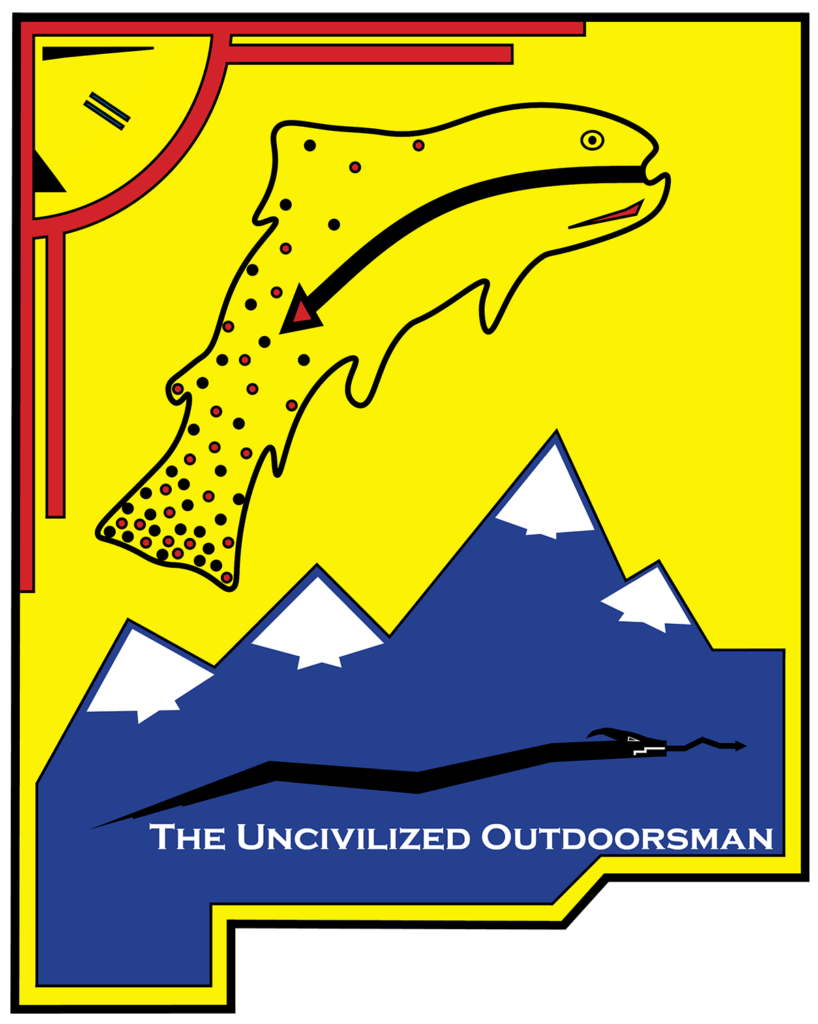
VG: I thought about the different derogatory names Indigenous people have been called throughout history and wanted to change the negative connotation into something positive for future generations. Our logo is based on different aspects of Indigenous and New Mexican culture. For example, the serpent (Avanyu) is a water deity and protector of Pueblo people. And, of course, we have a Rio Grande cutthroat trout, which is also culturally significant and represents the fishing aspect of our organization. Collectively, all the symbols you see speak to different aspects of our culture and I wanted these attributes to come through since we mentor a wide variety of Indigenous and Hispanic youth.
TU: How would you describe your relationship to the outdoors?
What’s important for people to understand outside of New Mexico is how colonization continues to play a role in our current land management system. During Spanish colonization, community land grants were established and acequias (community agricultural ditches) were built, which are still in existence to this day. Pueblo tribes allied during the Pueblo revolt for our freedom and rights, which is the only successful Indigenous revolt in North America. Later, American colonization led to the theft of land from both tribal and Hispanic communities creating a system of federal, state, tribal, land grant, and private lands that all sit atop of our ancestral lands.
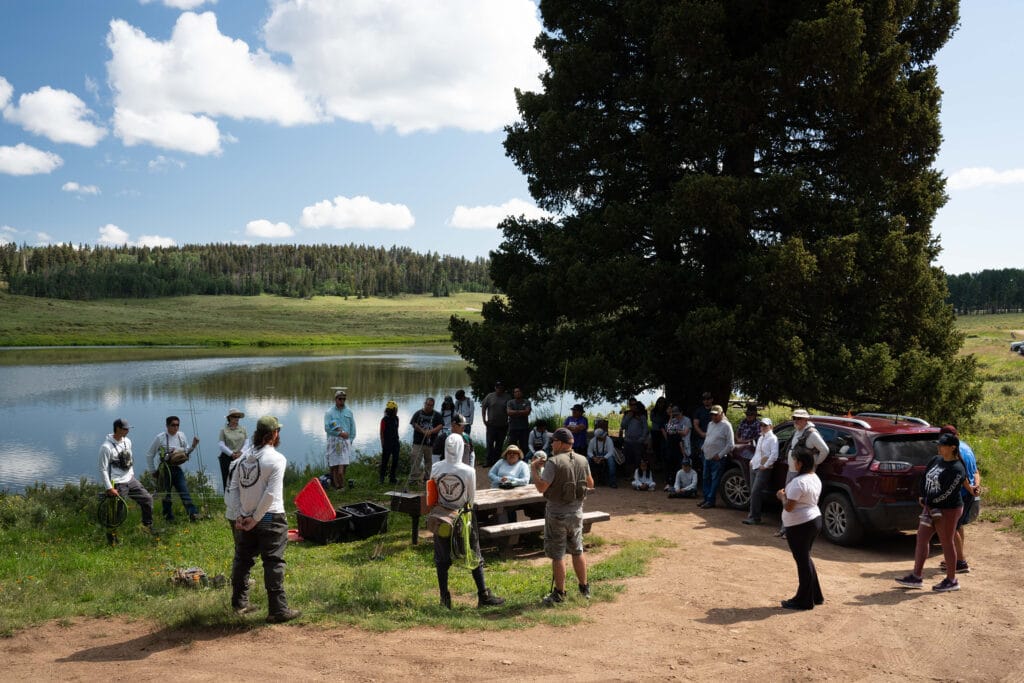
All this history blends together in New Mexico across our different communities and it’s why I’ve been very passionate throughout my career at explaining this history to new generations.
I first learned about this from my elders through childhood trips to collect wild spinach or by going fishing to culturally significant places. I would hear incredible stories about our ancestral lands and people, which in turn grew my appreciation for these lands and waters and made me want to learn more.
From there, I worked for the National Park Service for seven years, where I got to preserve my ancestral sites and mentor tribal youth in the Youth Conservation Corps. These experiences led to me to found The Uncivilized Outdoorsman.
TU: Ancestral lands are an important theme in your work. What are ancestral lands and why is it important to maintain that cultural connection?
VG: Given the previous context, the best way I can describe ancestral lands are for you to imagine a piece of land where your grandparents were born, raised generations of your family, created important memories and taught you what it meant to be part of this world. Now imagine someone new comes in and violently says you can no longer visit or even access the place your grandparents were buried and where these memories are endowed. That’s what we mean by ancestral lands, and it is why public lands are so important to us because it means we can go visit these sacred places and pray to our ancestors, care for the land and pass down our culture to new generations. This isn’t the case with private lands, obviously, where access is entirely dependent upon the landowner’s appreciation for this history and culture, and that can change at any time.
Taking people to these sites is a way to connect generations and build bridges across our communities to continue to pass on our knowledge, stories, history, and culture. It’s essential for the continued care of these lands, waters and of our community
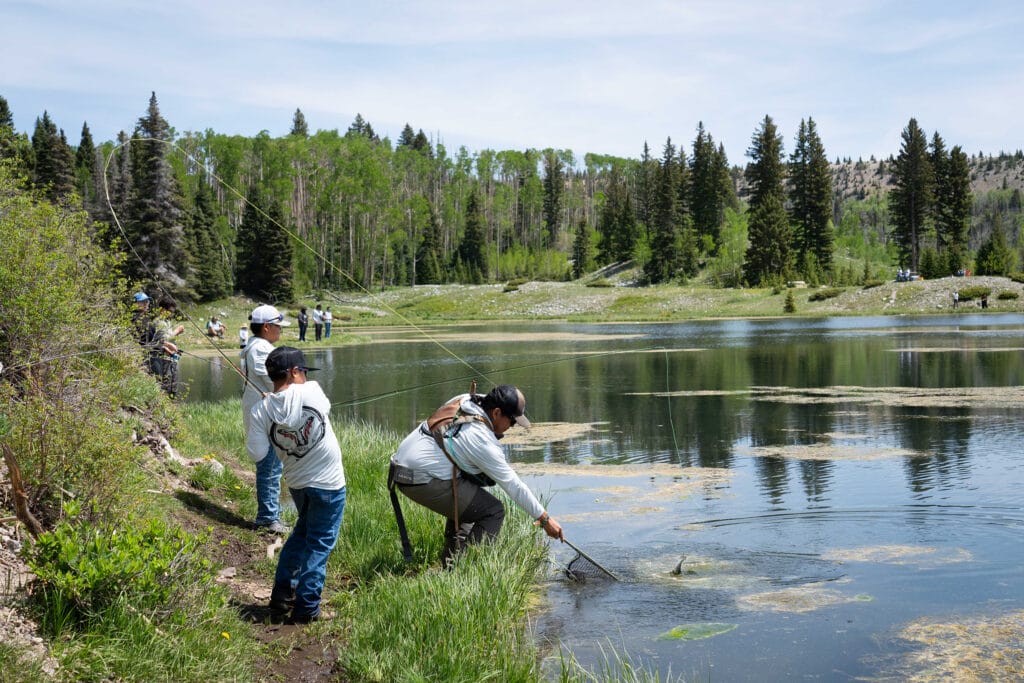
TU: When you talk about the history of these lands and their importance, how do you connect it with the public land conversation happening right now (e.g. public lands sales, Public Lands in Public Hands Act, etc.)?
VG: Public lands are vitally important to Indigenous people. We see the efforts to either sell or transfer them as a continuation of what has been happening to us throughout our history and a way to further diminish our economic, cultural, and religious rights. It’s why we need to speak up for them and fight for our ancestral lands.
What’s important to recognize in this national conversation about our federally managed public lands is that the current system, while imperfect, does provide methods for tribal nations to have government to government consultation on the management and preservation of our ancestral lands and cultural sites. This doesn’t always happen with state-managed lands and hardly ever happens with private lands.
That’s a key part of this discussion that’s missing and it’s why we need to continue to have our elders pass down their knowledge to future generations about the cultural importance of our lands and waters.
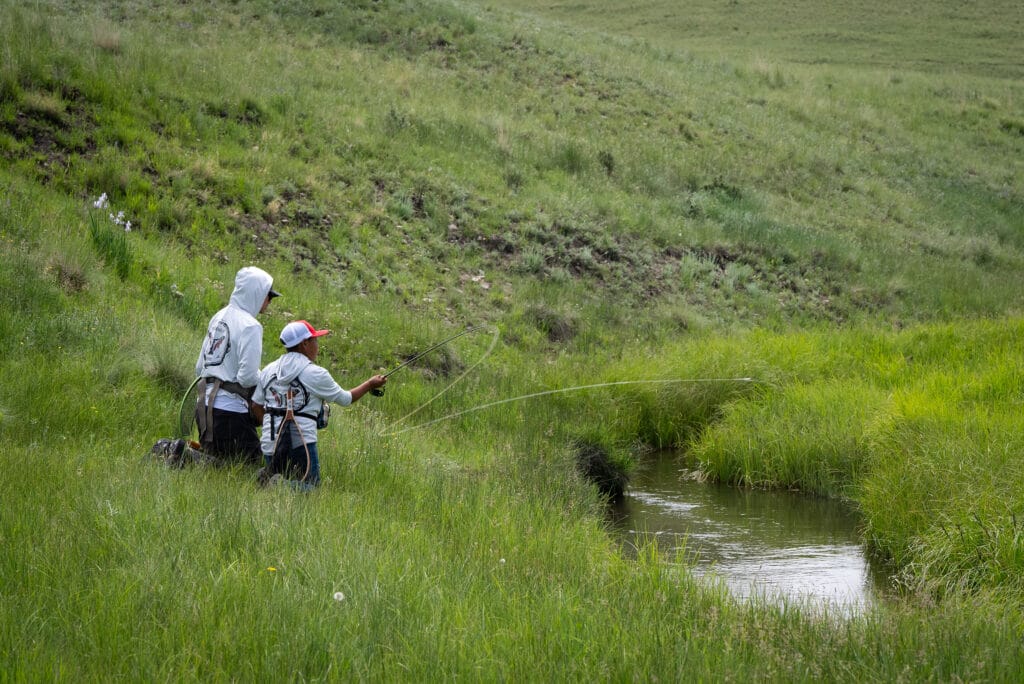
TU: Why are these themes important to teach and/or learn from your perspective?
VG: At our youth fishing camps, we use fly-fishing as a tool to pair Indigenous youth with Indigenous elders and Hispanic youth with Hispanic elders in culturally significant locations like the Valles Caldera, Jemez Mountains, and others.
These locations serve as a background to share knowledge, culture and experiences and serve as a bridge between communities to demonstrate that we all share an appreciation for these places and need to work together to protect and preserve them.
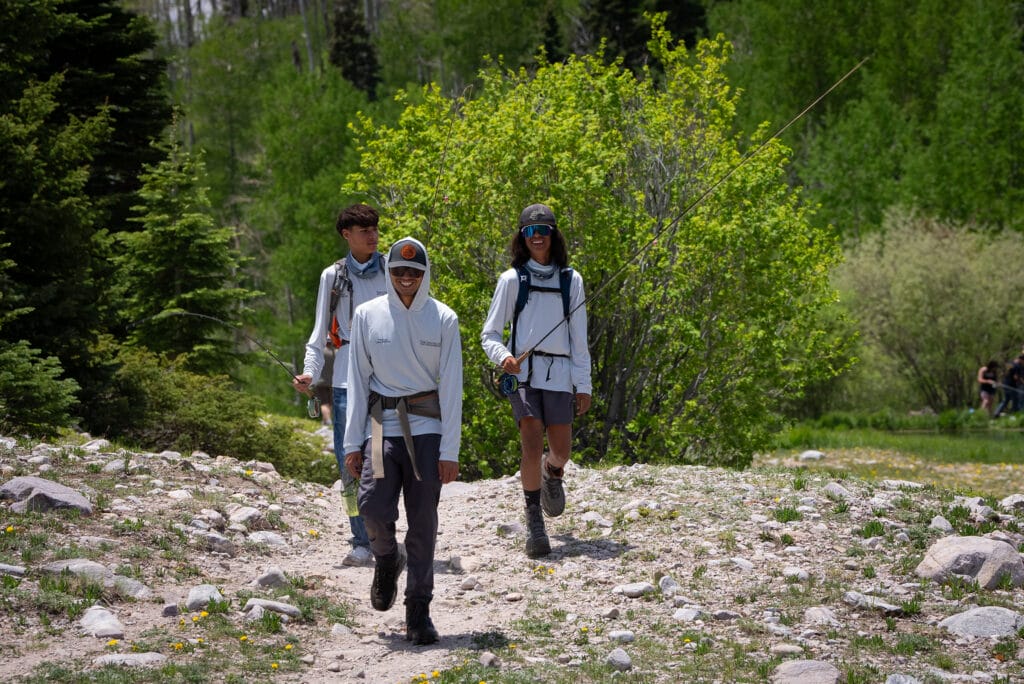
An example would be the 2011 Las Conchas Fire, which burned culturally significant areas of Santa Clara Pueblo. I grew up fishing there and elders at our fishing camps talk about how it was an incredible fishery before the fire and held up to 20-inch Rio Grande cutthroat trout. The Hermits Peak Calf Canyon Fire devastated many Hispanic land grant communities and their watersheds.
This shows that none of us are immune to these challenges and that we need to work together to restore these special places for future generations.
TU: Can you walk us through how you came up with the idea for the youth fishing camps?
VG: When I left the National Park Service, I missed the opportunity to mentor youth and pass down our traditional knowledge and saw the inequities that my people face. Fishing has always been a traditional tool, so I decided to start a program to empower youth with nature. In the beginning, it was just me putting in my own money to make it happen and fortunately I eventually got some help from partners and friends who believed in what I was doing.
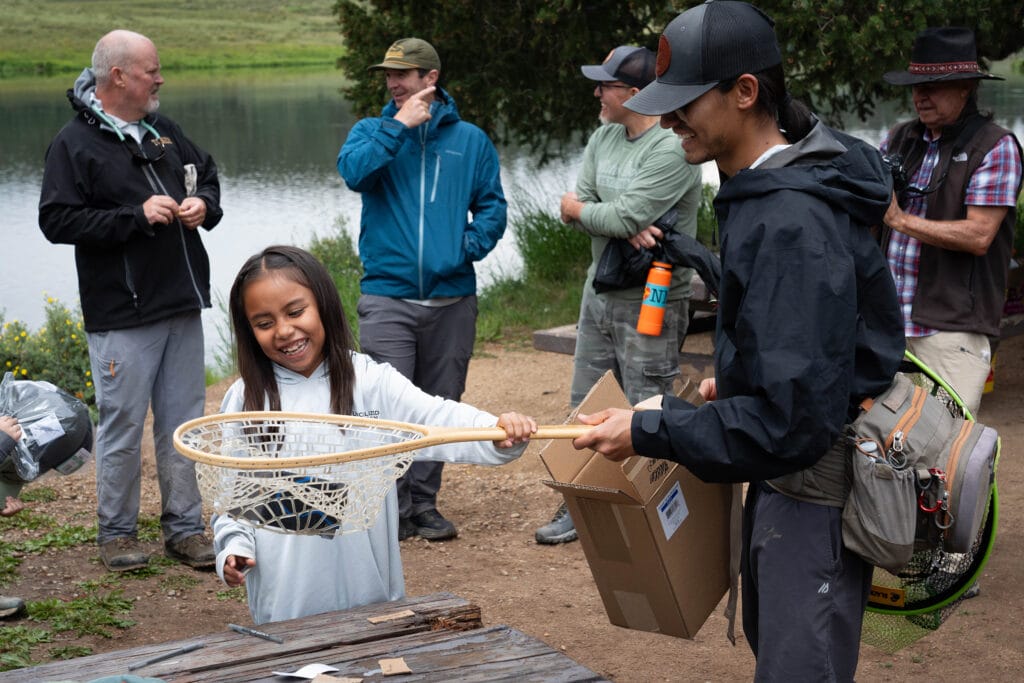
TU: How have partners helped support these youth fishing camps?
VG: The Truchas Chapter of Trout Unlimited really supported me in the beginning to get these youth camps off the ground. Later, Toner Mitchell (TU’s New Mexico water and habitat program manager), saw what I was trying to accomplish and told me the financial model of me pouring my own money into this effort was unsustainable in the long run and that TU could help with fundraising and grow my vision. From there I worked with Toner and Dan Roper (TU’s New Mexico state lead) to apply for grants, which led to us receiving substantial funding from the New Mexico Outdoor Recreation Division’s Outdoor Equity Fund.
This funding has allowed us to make these camps as accessible as possible to our local Indigenous and Hispanic communities. We take care of everything—equipment, lunch, transportation costs, guide costs, and more so everyone can take part. We also compensate our elders for their willingness to share their expertise and stories with new generations.
The program has really flourished, and we plan to grow it!
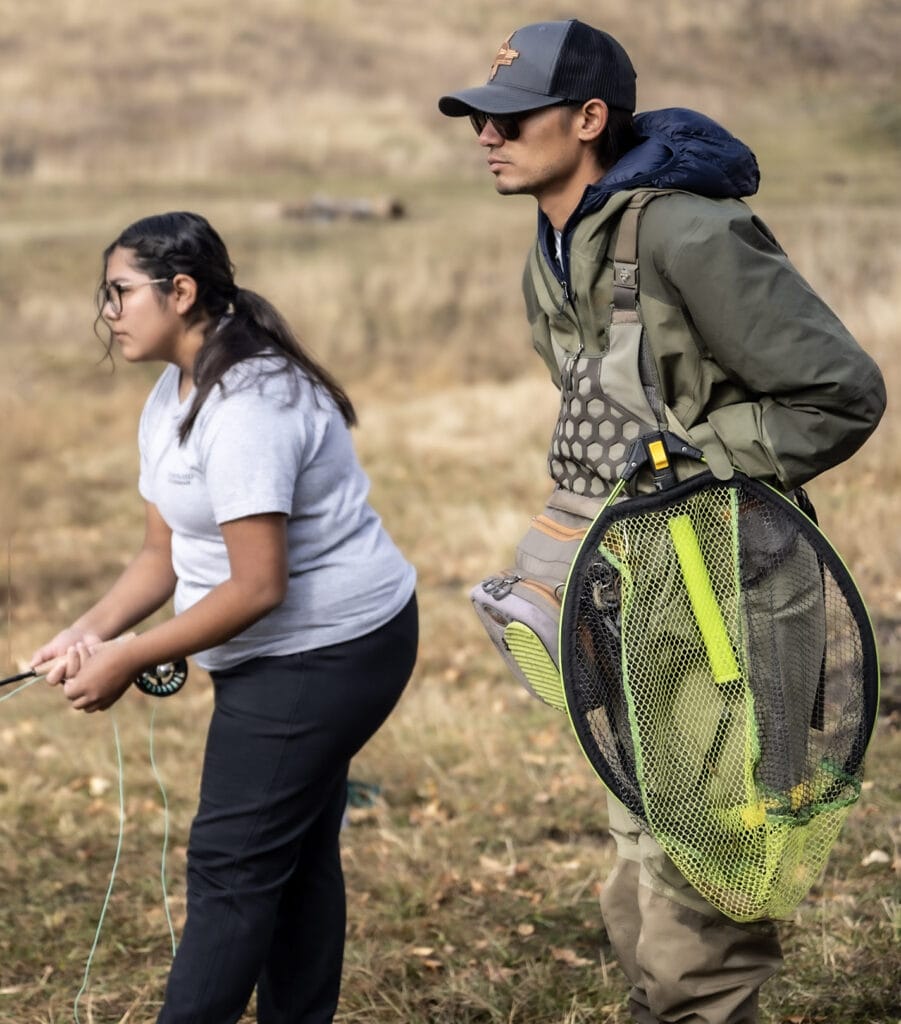
TU: And finally, how can TU members support your efforts to grow these youth camps?
VG: To start, I’d encourage you to watch our new film Rooted Waters, which goes into more detail about the benefits and goals of these youth fly-fishing camps. From there, feel free to follow us on social media and reach out to me directly about upcoming opportunities to support the next generation of uncivilized outdoorsmen and women.
This Land is Your Land
Keeping public lands in public hands ensures future generations can experience the same outdoor opportunities we cherish today.


